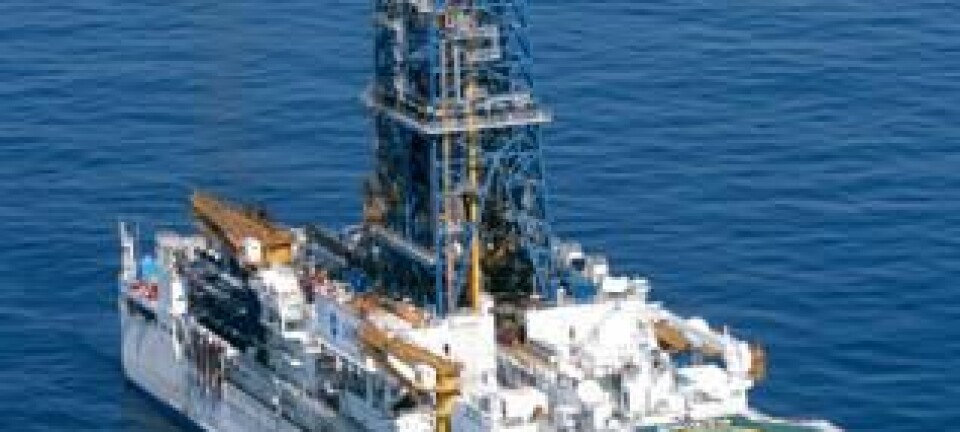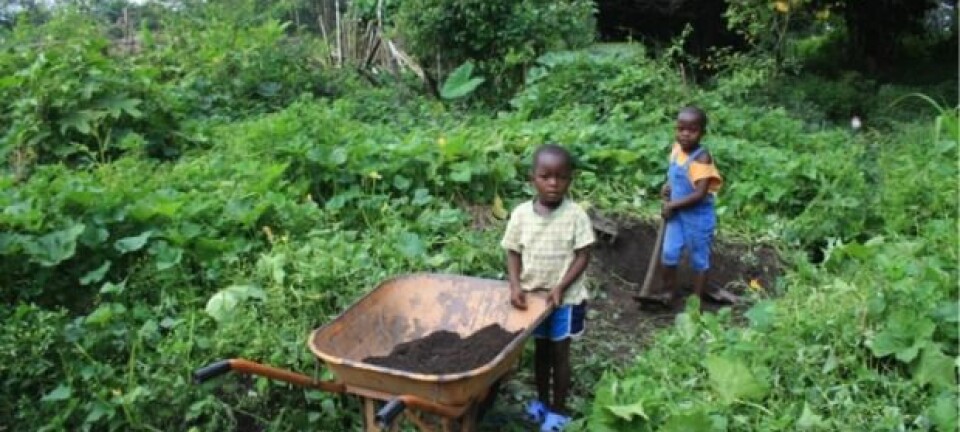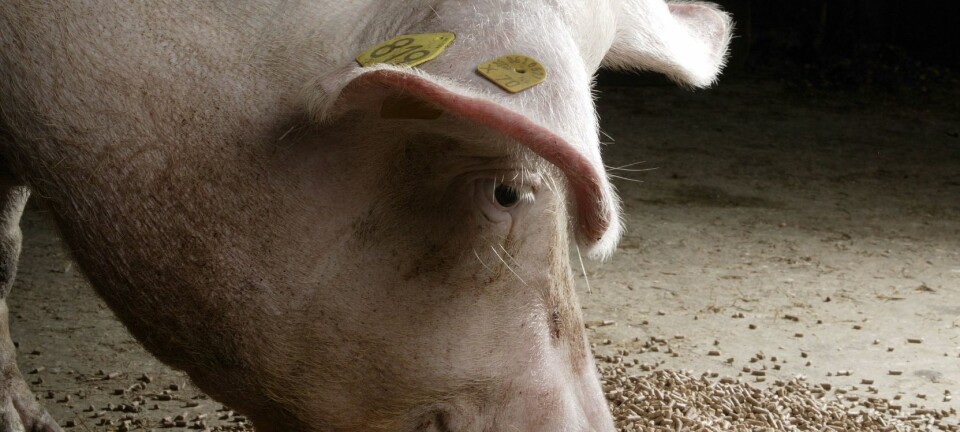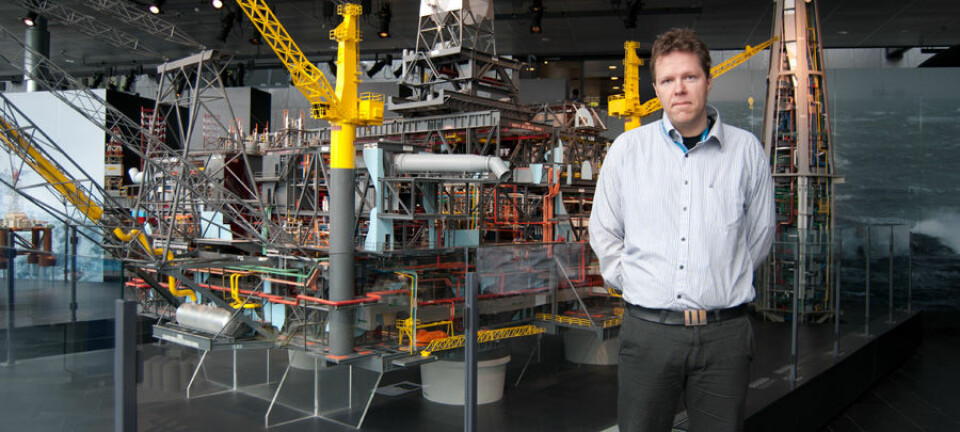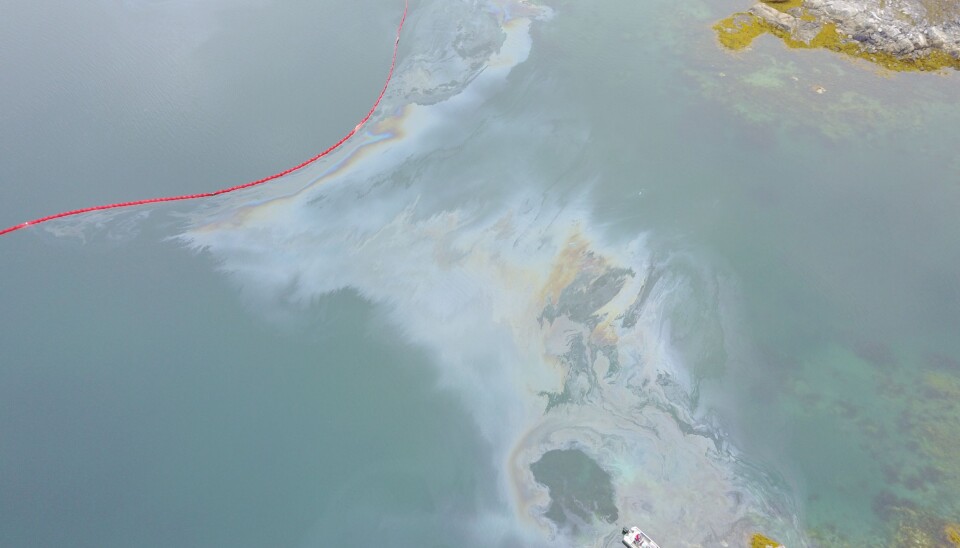
Can nature clean up oil spills in the Arctic?
Oil-eating microbes often perform the bulk of the clean-up after an oil spill. But we might not be able to rely on these bacteria to clean up oil in the cold Arctic.
A new era of trans-Arctic shipping is under way.
Last year, the first 300-meter-long commercial LNG oil tanker crossed the Northern sea route between Europe and Asia without the protection of an icebreaker thanks to the retreating and thinner Arctic sea ice caused by climate change.
Year-on-year record-breaking high temperatures and unprecedented low levels of sea ice in the modern era may soon make trans-Arctic shipping between Europe, Russia and Asia economically feasible for the first time in our history.
But these new developments are not without risk. The chance of major oil spills peaks with every ship that breaks through the Arctic sea ice. And while cleaning up after large oil spills is a complicated undertaking anywhere in the world, it is especially challenging in the Arctic.
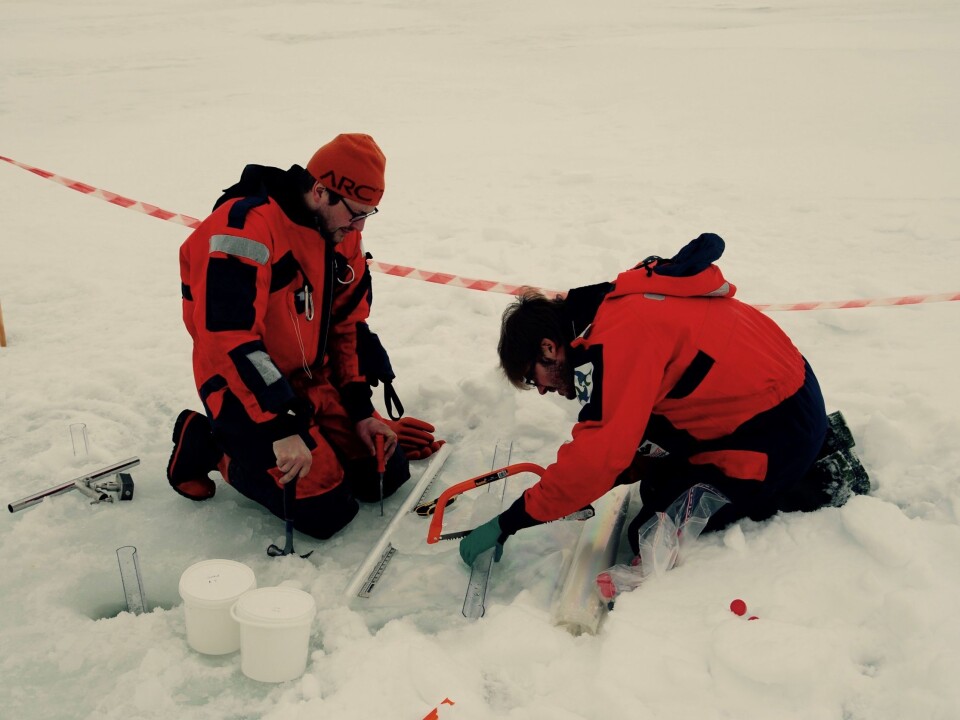
Not only do the remoteness and harsh environmental conditions in the Arctic make clean-up efforts difficult or even impossible, scientists are also concerned that the natural “self-cleaning” capacity of the Arctic ecosystem by oil-eating bacteria that live in the seawater, is much weaker than in other seas.
In a recent study, published in the scientific journal, Science of the Total Environment, we set out to review how the Arctic seas and oceans might respond to such large oil spills.
Oil-eating bacteria clean up after large spills
Oil spills are catastrophic anywhere in the world, with massive consequences for the environment, as well as for human health due to the toxic oil compounds that accumulate in our food.
In the aftermath of the Exxon Valdez spill in Prince William Sound, Alaska, and the Deepwater Horizon oil spill in the Gulf of Mexico, only 15 to 25 per cent of the oil was effectively removed by mechanical methods. Despite numerous clean-up efforts, including mechanical recovery and burning off the spilled oil (in situ burning), it was tiny bacteria in the water that carried out the bulk of the clean-up operation.
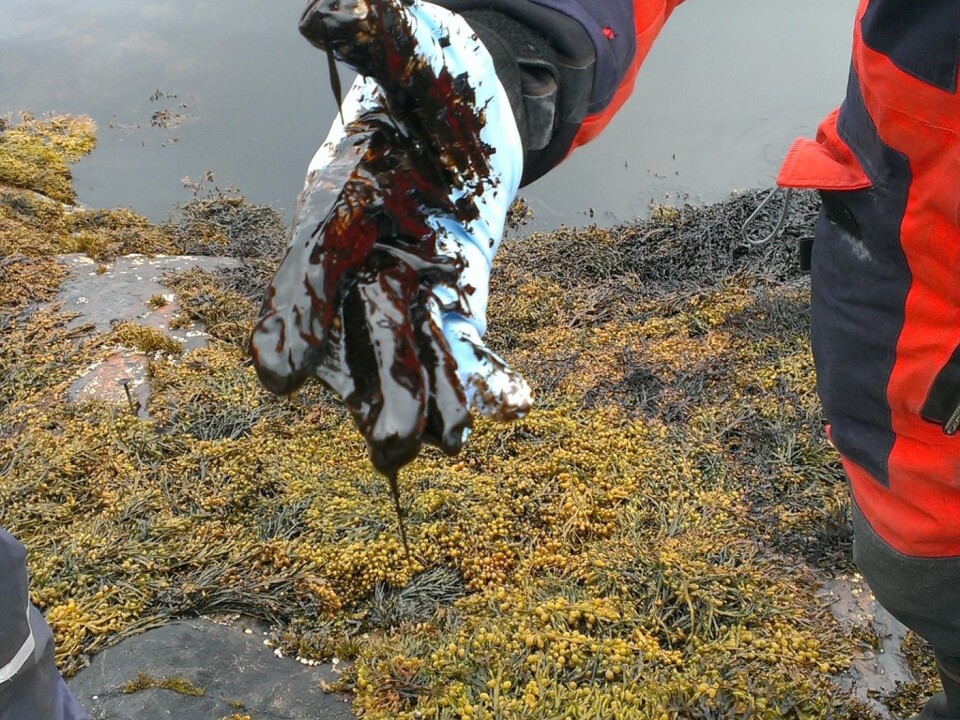
These oil-eating microbes played a major role in degrading the oil and reducing its environmental impact. However, scientists do not know whether bacteria in the Arctic seas will be able to perform a similar role should a large spill occur along the newly opening Arctic shipping routes.
We set out to assess the microbial degradation potential in seawaters off Greenland by reviewing data from nearly 200 published research studies and identified six factors that limit the ability of Arctic microbes to clean up after a large oil spill.
Let’s look at each in turn.
1. Low temperatures slow down biodegradation
Research shows that low temperatures change the chemical properties of spilled oil and slow down biodegradation.
For example, cold oil is more viscous, which prevents it from being broken up into small droplets in the sea. This causes a problem for oil-eating microbes, which only consume oil when it is dispersed into small droplets.
Read More: Increased Russian tanker traffic raises oil spill risk
2. Sea ice prevents oil dispersion
Waves are also important, because they break up the oil into small droplets.
However, where there is sea ice, there are fewer or no waves, preventing the breakup of the oil spill.
The impact of waves is drastically reduced when only 30 per cent of the sea is covered by sea ice.
3. Few nutrients to sustain oil-eating bacteria
The Arctic is generally an environment with very low amounts of nutrients such as nitrogen and phosphorus.
These nutrients feed algae and bacteria in the water and without them, the bacteria cannot grow.
Since the oil does not contain any nitrogen or phosphorus, oil-eating bacteria thus need to find nutrients in the water, which is not an easy task in the nutrient-poor Arctic oceans.
Read More: Even tiny oil spills may break Arctic food chain
4. Marine algae and glacier debris may form a “dirty blizzard” of oil
During the 2010 Deepwater Horizon oil spill in the Gulf of Mexico, marine algae, known as phytoplankton, and other particles stuck to the oil droplets and sank to the seafloor, forming a “dirty blizzard.”
This hampered clean-up efforts since microbial degradation of oil on the seafloor occurs much slower than in the water column.
During the Arctic spring and summer, massive phytoplankton blooms occur and glaciers release suspended mineral particles. Their amounts can be magnitudes of order higher than in the Gulf of Mexico. We are thus worried that a “dirty blizzard” may be much stronger in the Arctic than seen during the Deepwater Horizon oil disaster.
Explore the graphic to learn more about how microbes break down oil and clean up oil spills in the Arctic (Credit: Author provided)
5. Midnight sun makes oil more toxic
The 24 hour sunlight during the Arctic summer may both help and hinder oil spill clean-up.
The long hours of sunlight may help the microbes to break up oil molecules into smaller pieces. However, it may also make the oil compounds more toxic for aquatic organisms.
We still do not know whether the net effect of sunlight will be positive or negative.
Read More: Four big changes in the Arctic and what to do about them
6. Pristine Arctic has not yet adapted to dealing with oil spills
Finally, we know from previous oil spills outside the Arctic that the bacteria in marine waters can adapt to small, regular oil spills. In these circumstances, microbes ‘learn’ to eat the oil molecules and are well adapted to clean up spills.
However, the Arctic is still a very pristine environment and we are currently trying to figure out whether the microbial populations present in the Arctic already ‘know’ how to degrade oil compounds.
We are especially concerned that the most toxic molecules in the oil, such as polycyclic aromatic hydrocarbons, may be the most difficult to degrade.
Read More: Plastic waste from Europe and USA ends up in the Arctic
We need to understand how oil behaves in the Arctic
Over the next decade, economic developments in the Arctic are expected to rise strongly. Our review makes clear that we lack a thorough understanding of the resilience and “self-cleaning” capacity of Arctic ecosystems to recover from oil spills.
That is why here, at the Arctic Research Centre at Aarhus University, Denmark, we started investigating how oil interacts with sea ice, whether Arctic bacteria are able to degrade the oil, and what effect toxic oil compounds have on marine organisms.
Hopefully, this kind of research will allow us to maintain a healthy environment in the Arctic, where human development can flourish in a sustainable way.
---------------
Read this article in Danish at ForskerZonen, part of Videnskab.dk
